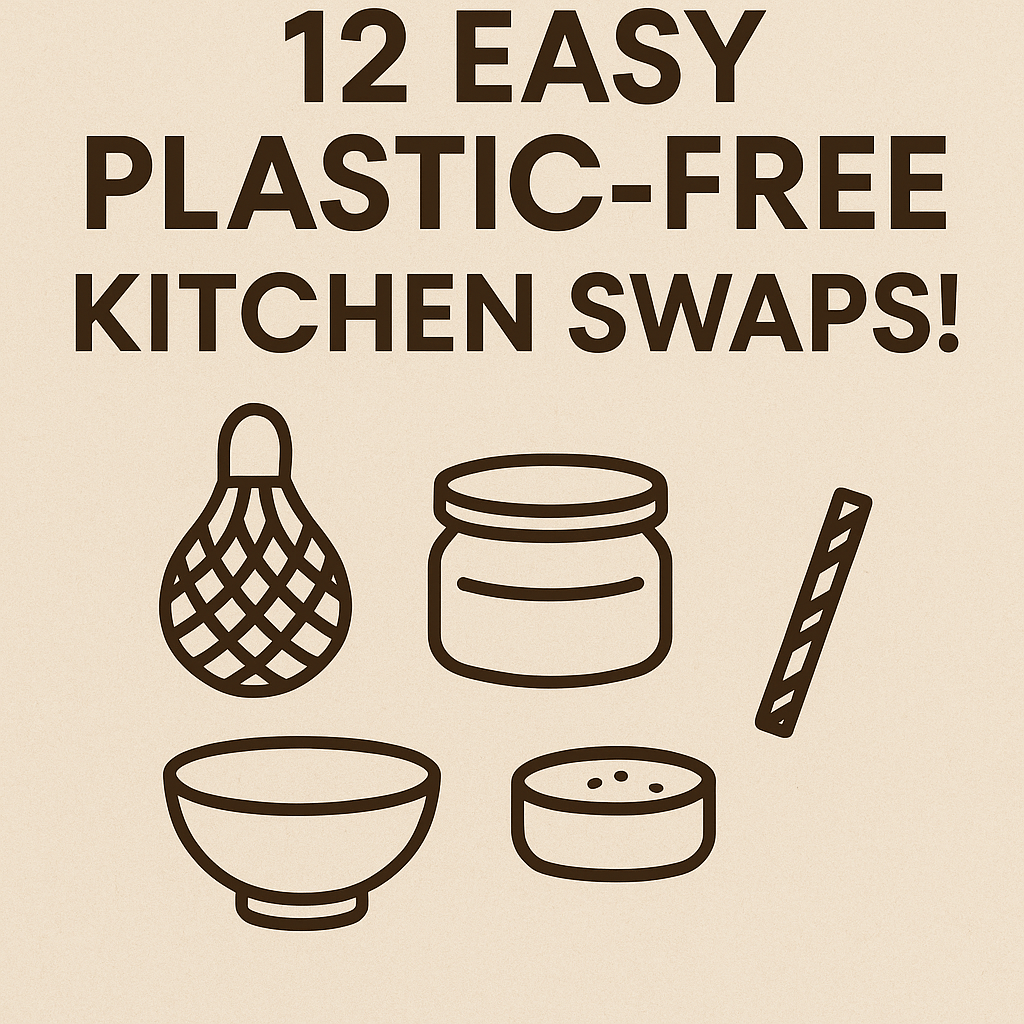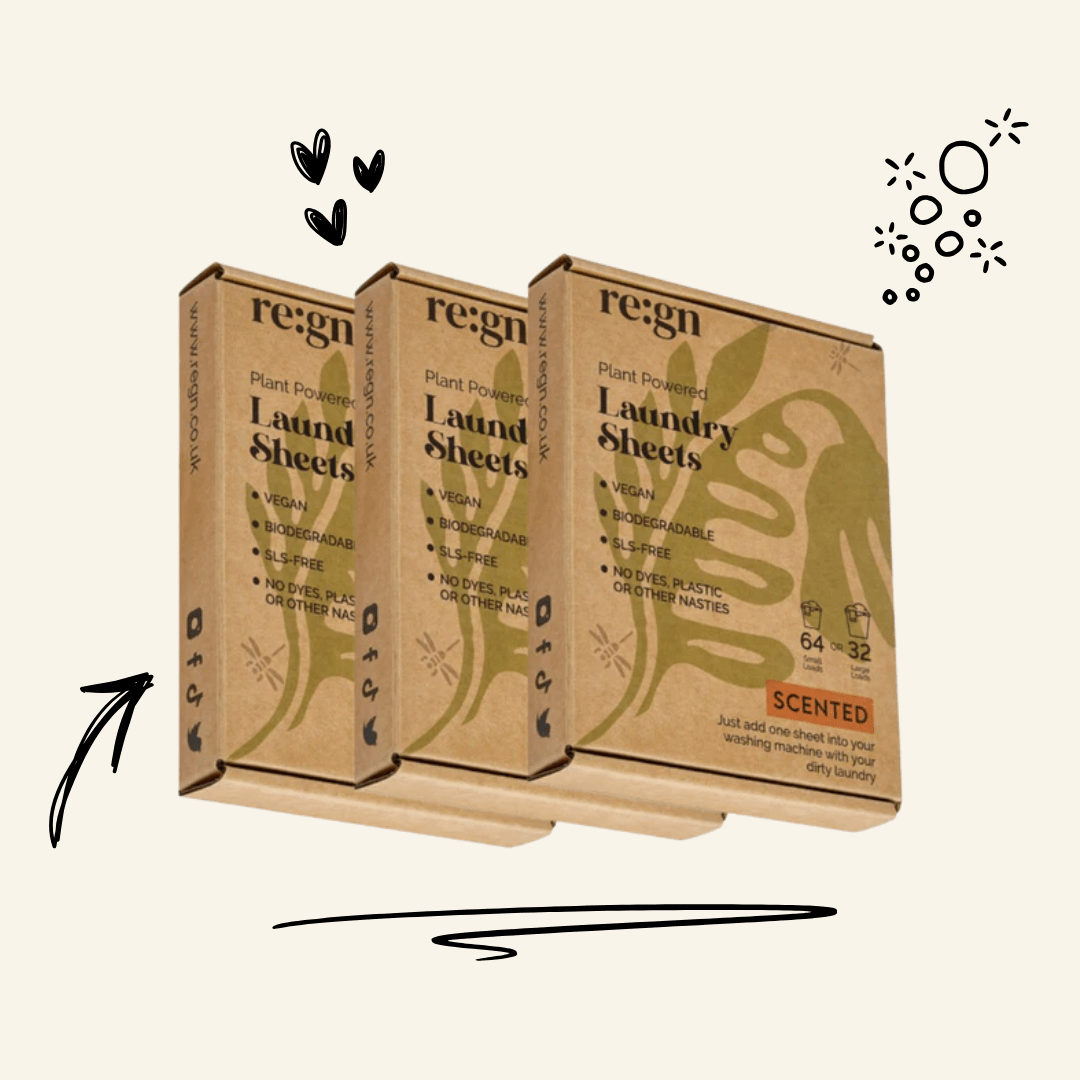Periods are a natural part of life, but for many people they can feel inconvenient, uncomfortable, and even limiting. Menstrual cups are transforming the way people manage their periods. These small, flexible cups are worn internally and collect menstrual fluid rather than absorbing it. They offer freedom, comfort, and confidence, allowing you to continue your daily activities without disruption. This complete beginners guide to menstrual cups will take you through everything you need to know, including how to use a menstrual cup, its benefits, safety, and tips for choosing and using one for the first time.
What Are Menstrual Cups and How Do They Work?
<div class="product-grid-wrapper">[280822054977, asc_alphabet, asc_price, 4]</div>
A menstrual cup is a small cup made from medical grade silicone, rubber, or similar flexible material. It is folded and inserted into the vagina, where it gently pops open and creates a seal. Instead of soaking up blood like a tampon or pad, the cup collects it. When it is full or after several hours of wear, you remove it, empty the contents into the toilet, rinse or wipe the cup, and reinsert it.
This simple design means that menstrual cups can be worn for several hours at a time without leaks. Learning how to use a menstrual cup properly makes it a sustainable and eco-friendly period product that can last for years with proper care.
Advantages of Menstrual Cups
There are many reasons why people are switching to menstrual cups.
Freedom and longer wear time:
Most menstrual cups can be worn for up to 12 hours depending on your flow. This means you can sleep through the night without worrying about leaks or rushing to change products. It is also easier to go about your day without frequent bathroom breaks.
Eco-friendly and cost-effective:
One menstrual cup can last for years if it is cared for properly. This reduces waste compared to disposable pads and tampons and saves money in the long run. Many people who choose a cup do so because they are looking for eco-friendly period products that are kind to the planet.
Measuring your flow for health awareness:
Most cups have measurement markers on the side. This allows you to track how heavy your periods are. If your flow is very heavy, this information can be useful when speaking to a doctor.
Comfort and discretion:
Once the cup is inserted correctly, you will not feel it. There are no strings or bulky pads to worry about. You can exercise, swim, or carry on with your routine without the feeling of wearing a period product.

Are Menstrual Cups Healthy?
Many people wonder if menstrual cups are safe to use. The answer is yes; when used correctly, they are considered very safe. Understanding the safety of menstrual cups can help ease any hesitation for new users.
Gynecologists and menstrual cups:
Most gynecologists agree that menstrual cups are a safe option for managing periods. They are made from medical grade materials that are designed to be worn inside the body.
Hygiene and sterilisation:
Before your first use and between each cycle, it is recommended that you sterilise your cup in boiling water for a few minutes. During your period, rinsing the cup with water or wiping it with tissue before reinserting is usually enough. This routine makes menstrual cups one of the most hygienic period products available.
Low risk of irritation or infection:
Unlike tampons, cups do not absorb your body’s natural moisture. This reduces the risk of dryness or irritation. They also carry an extremely low risk of Toxic Shock Syndrome when compared with tampons, although basic hygiene practices should always be followed.
Menstrual Cup vs Tampons
Many people who switch to menstrual cups do so because they are looking for an alternative to tampons. If you're considering making the change, understanding the differences in the menstrual cup vs tampon debate can help.
Comfort
Tampons can cause dryness or discomfort if they are removed too early. Menstrual cups collect fluid rather than absorbing it, so you avoid that unpleasant feeling.
Convenience
Cups can be worn for longer periods, reducing the need for frequent changes.
Health and safety
Tampon fibres can sometimes be left behind in the vagina and are associated with Toxic Shock Syndrome. Menstrual cups do not shed fibres and are reusable after cleaning.
Environmental impact
A single cup can replace hundreds of disposable products each year.
Choosing the Right Menstrual Cup
Identifying which menstrual cup to choose is key to a comfortable and leak-free experience. If you’re just getting started, this section acts as a menstrual cup size guide to help you make an informed choice.
Cervix height:
The position of your cervix determines the length of cup you need. If your cervix is high, a longer cup is best. A low cervix will need a shorter cup to sit comfortably without the stem poking out.
Cup firmness:
Active people with strong pelvic floor muscles often prefer a firmer cup because it stays in place more securely. A softer cup can be more comfortable for those with bladder sensitivity or anyone who found a firmer cup uncomfortable in the past.
Menstrual flow:
Heavier flows require a larger capacity cup. Lighter flows are usually fine with a smaller cup. Some brands offer sizes based on whether you have given birth or are under or over 30, but your flow and cervix height are often the best indicators. This section works as a practical menstrual cup size guide and supports you in choosing the right menstrual cup for your needs.

Can You Exercise or Swim with a Menstrual Cup?
One of the biggest benefits of menstrual cups is the ability to stay active without fear of leaks.
Exercise: Menstrual cups stay securely in place during running, yoga, and gym workouts. They are discreet and allow you to move freely without worrying about pads or strings.
Swimming: Cups are worn internally, so you can swim, surf, or enjoy water sports without any sign that you are on your period. There is no risk of a string showing, and the cup forms a seal to prevent leaks. If you’ve ever wondered can you swim with a menstrual cup, you’ll be happy to know they are a great choice for water activities.
Menstrual Cup First Uses
- Always wash your hands before and after handling your cup.
- Practice folding and inserting the cup before your period starts.
- Make sure the cup has fully opened to prevent leaks.
- Empty the cup at least every 12 hours or sooner if your flow is heavy.
- Sterilise the cup at the end of your cycle so it is ready for next time.
Learning how to use a menstrual cup becomes easier with practice, and these tips will help make the transition smoother.
Menstrual Cup vs Period Pants vs Sanitary Pads
When deciding which period product to use, it’s helpful to compare the pros and cons of menstrual cups, sanitary pads, and period pants. Each option has unique benefits and is suited to different lifestyles.
Menstrual Cups for Periods:
- Pros: Long wear time (up to 12 hours), eco-friendly, cost-effective, discreet, reusable for years, and helps track menstrual flow. They are ideal for people who want freedom during exercise, swimming, or travel. With proper menstrual cup hygiene, they are one of the safest period care options available.
- Cons: Learning curve for insertion and removal, not always comfortable during first use, and may not be suitable if you dislike internal products.
Period Pants:
- Pros: Comfortable, discreet, easy to use, and reusable for several years with proper washing. Great for teenagers or those new to period products. They are also useful as backup protection with menstrual cups for heavier flows.
- Cons: Higher upfront cost, need frequent washing, slower drying time, and less convenient for travel. They may not be as absorbent for very heavy flows compared to a cup.
Sanitary Pads:
- Pros: Widely available, easy to use, no insertion required, and suitable for people who are not comfortable with internal products. Pads are convenient for overnight use and for lighter flow days.
- Cons: Can feel bulky, may cause chafing, and need frequent changing.
Conclusion
Menstrual cups are a safe, sustainable, and empowering choice for managing periods. They offer comfort, freedom, and the chance to understand your own body better. By learning how to use a menstrual cup and how to choose the right one for your needs, you can enjoy leak-free, worry-free periods every month.
Making the switch to a menstrual cup may feel daunting at first, but with patience and practice, it quickly becomes a natural part of your routine. Many people find that their cups provide a level of convenience and confidence that other period products simply cannot match. You will also be reducing waste and contributing to a healthier planet by using a reusable product.
Remember, your body is unique, and finding the right menstrual cup may take some trial and error. However, the benefits are well worth the effort. You deserve to feel comfortable, confident, and in control throughout your period. Menstrual cups empower you to do just that, giving you the freedom to live your life without interruption.




